The Grocer Price Index shows an overall fall in prices in December but dig a little deeper and the picture looks very different, reports Ronan Hegarty
A new year - and a fresh round of speculation about food inflation has erupted in the press.
On the face of it, there was little evidence of the feared increases during December, with prices across the big four down 0.4% on the previous month, according to the latest figures from The Grocer Price Index.
However, strip out the traditional discounts on booze in the run-up to Christmas and ahead of new year celebrations and the picture becomes a lot more worrying for consumers.
Although alcohol prices were down 5.6% in the four weeks to 28 December and frozen and chilled prices also fell (by 2.5% and 1.7% respectively), the other 11 grocery categories in the top 14 experienced significant price hikes ranging from 0.8% to 2.8%. And, of course, all of this came before this week's increase in VAT to 20%.
At 2.8%, the steepest price rises were seen in meat, fish and poultry category evidence that the much-publicised hike in feed wheat is starting to bite.
Fresh produce was up almost as much, by 2.6%, driven by supply issues created by the harsh weather at the end of November and in the run-up to Christmas. Brassica crops were among those hardest hit by the big freeze and potato prices also started to rise as a result of increased demand for exports.
As the bitter milk price war came to an end, the cost of dairy goods rose 1.9%.
And a continuing escalation in the commodity price of wheat meant the bakery category was impacted with prices up 1.3% on November.
There is also an extra incentive for consumers to stick to their January diets and detox regimes, as biscuits, confectionery and snacks ended December 1.8% more expensive than at the beginning. It seems that consumers with strong willpower will be able to save a few quid while shedding pounds.
Other big climbers over the period were health & beauty (2.6%), deli products (2.5%), soft drinks (2%) and baby food (1.9%). Meanwhile, household rose 1.6%, dry grocery 1% and tobacco 0.8%.
A new year - and a fresh round of speculation about food inflation has erupted in the press.
On the face of it, there was little evidence of the feared increases during December, with prices across the big four down 0.4% on the previous month, according to the latest figures from The Grocer Price Index.
However, strip out the traditional discounts on booze in the run-up to Christmas and ahead of new year celebrations and the picture becomes a lot more worrying for consumers.
Although alcohol prices were down 5.6% in the four weeks to 28 December and frozen and chilled prices also fell (by 2.5% and 1.7% respectively), the other 11 grocery categories in the top 14 experienced significant price hikes ranging from 0.8% to 2.8%. And, of course, all of this came before this week's increase in VAT to 20%.
At 2.8%, the steepest price rises were seen in meat, fish and poultry category evidence that the much-publicised hike in feed wheat is starting to bite.
Fresh produce was up almost as much, by 2.6%, driven by supply issues created by the harsh weather at the end of November and in the run-up to Christmas. Brassica crops were among those hardest hit by the big freeze and potato prices also started to rise as a result of increased demand for exports.
As the bitter milk price war came to an end, the cost of dairy goods rose 1.9%.
And a continuing escalation in the commodity price of wheat meant the bakery category was impacted with prices up 1.3% on November.
There is also an extra incentive for consumers to stick to their January diets and detox regimes, as biscuits, confectionery and snacks ended December 1.8% more expensive than at the beginning. It seems that consumers with strong willpower will be able to save a few quid while shedding pounds.
Other big climbers over the period were health & beauty (2.6%), deli products (2.5%), soft drinks (2%) and baby food (1.9%). Meanwhile, household rose 1.6%, dry grocery 1% and tobacco 0.8%.



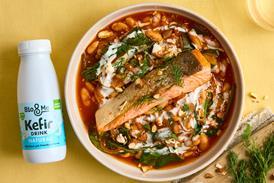



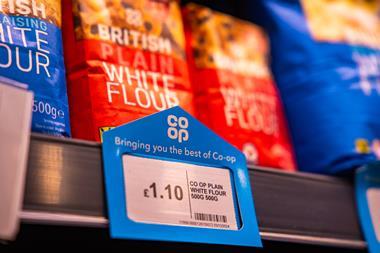
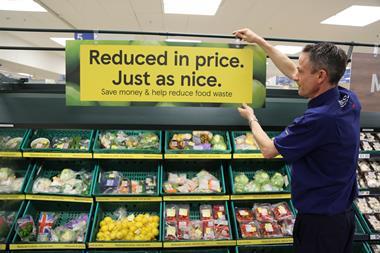
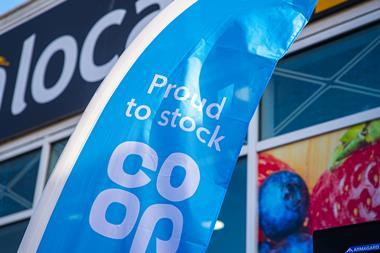
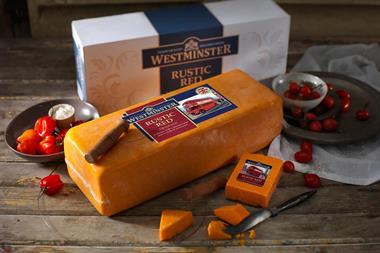


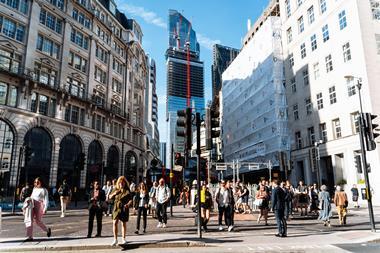

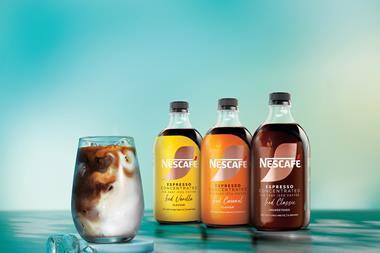

No comments yet